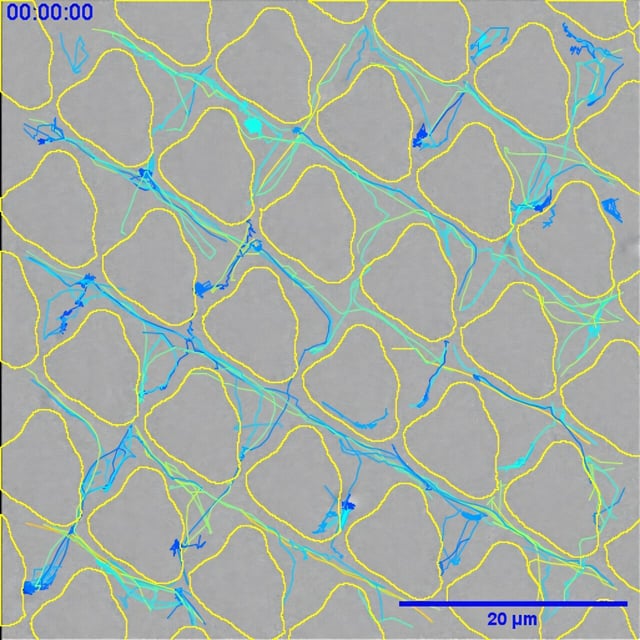Overview
- Researchers screened over 2,000 microtopographical designs on polyurethane and other medical-grade plastics to find biofilm-inhibiting patterns.
- The most effective surfaces feature tiny crevices that trap bacterial cells and trigger lubricant secretion to block adhesion.
- Laboratory tests against pathogens such as Pseudomonas aeruginosa and Staphylococcus aureus showed dramatic reductions in attachment and biofilm growth.
- In vivo experiments with implant models in mice confirmed that the engineered patterns retain their anti-biofilm properties under physiological conditions.
- The research team is preparing to work with medical device manufacturers to apply the patterns to existing plastics without altering their physical or mechanical properties.
